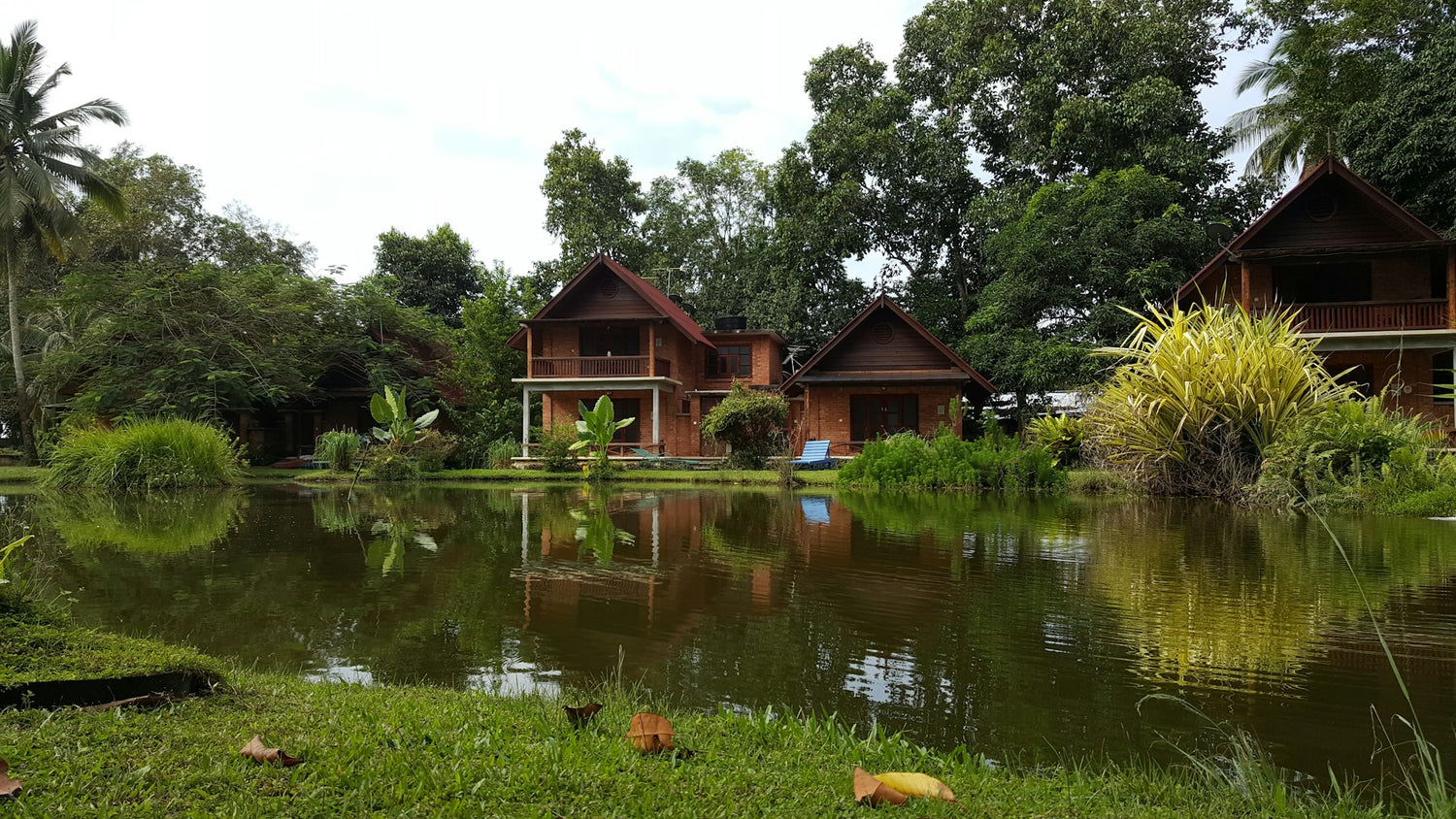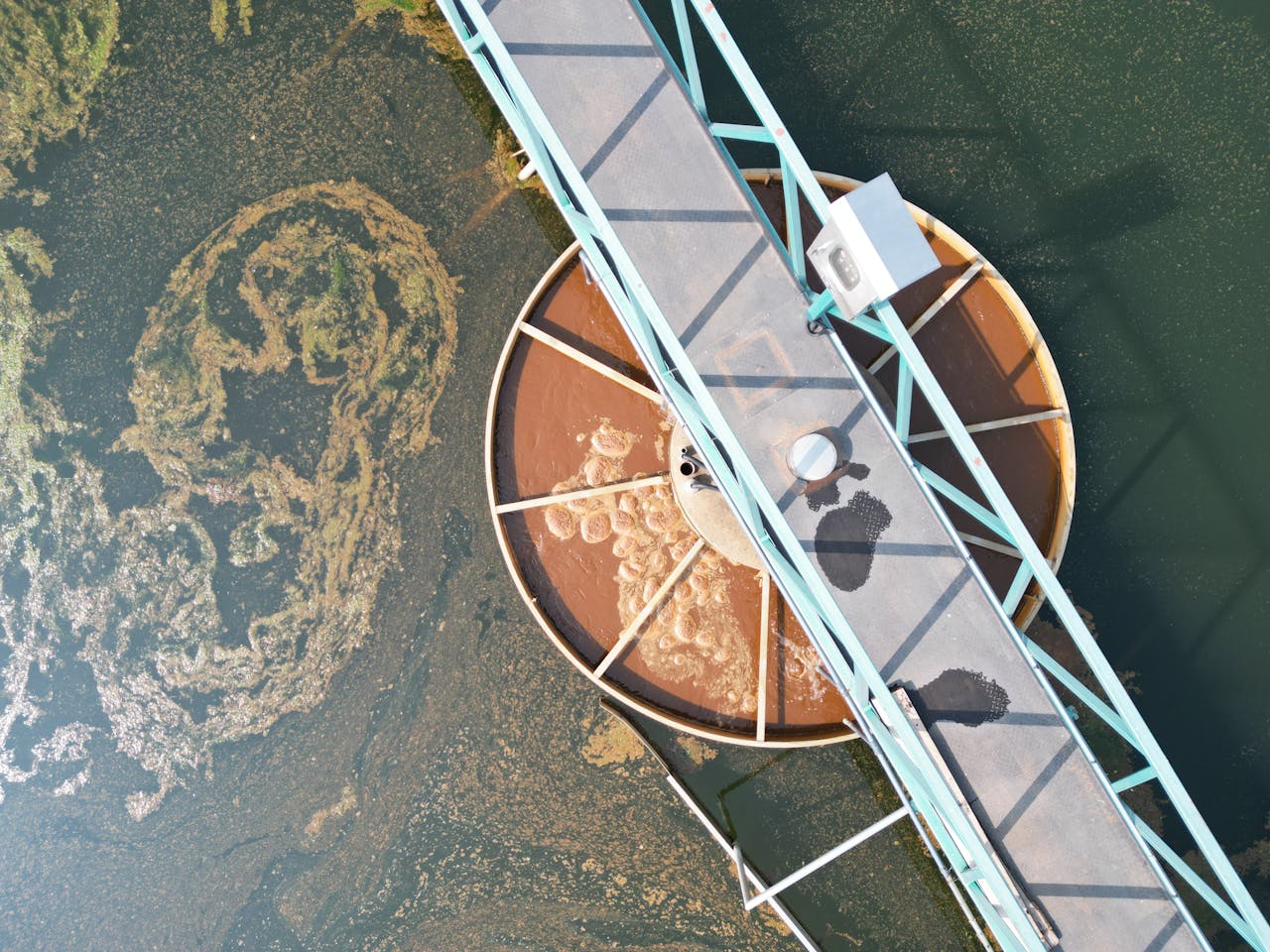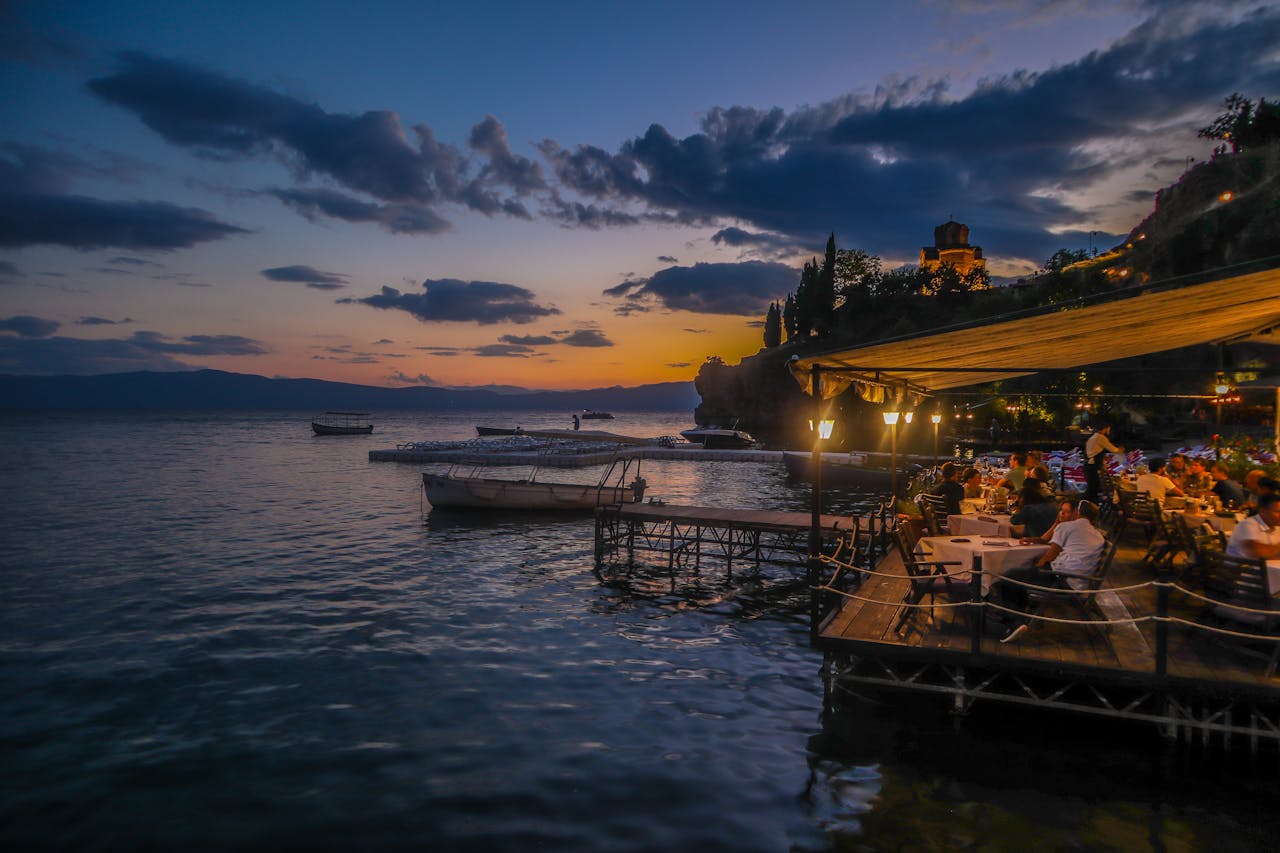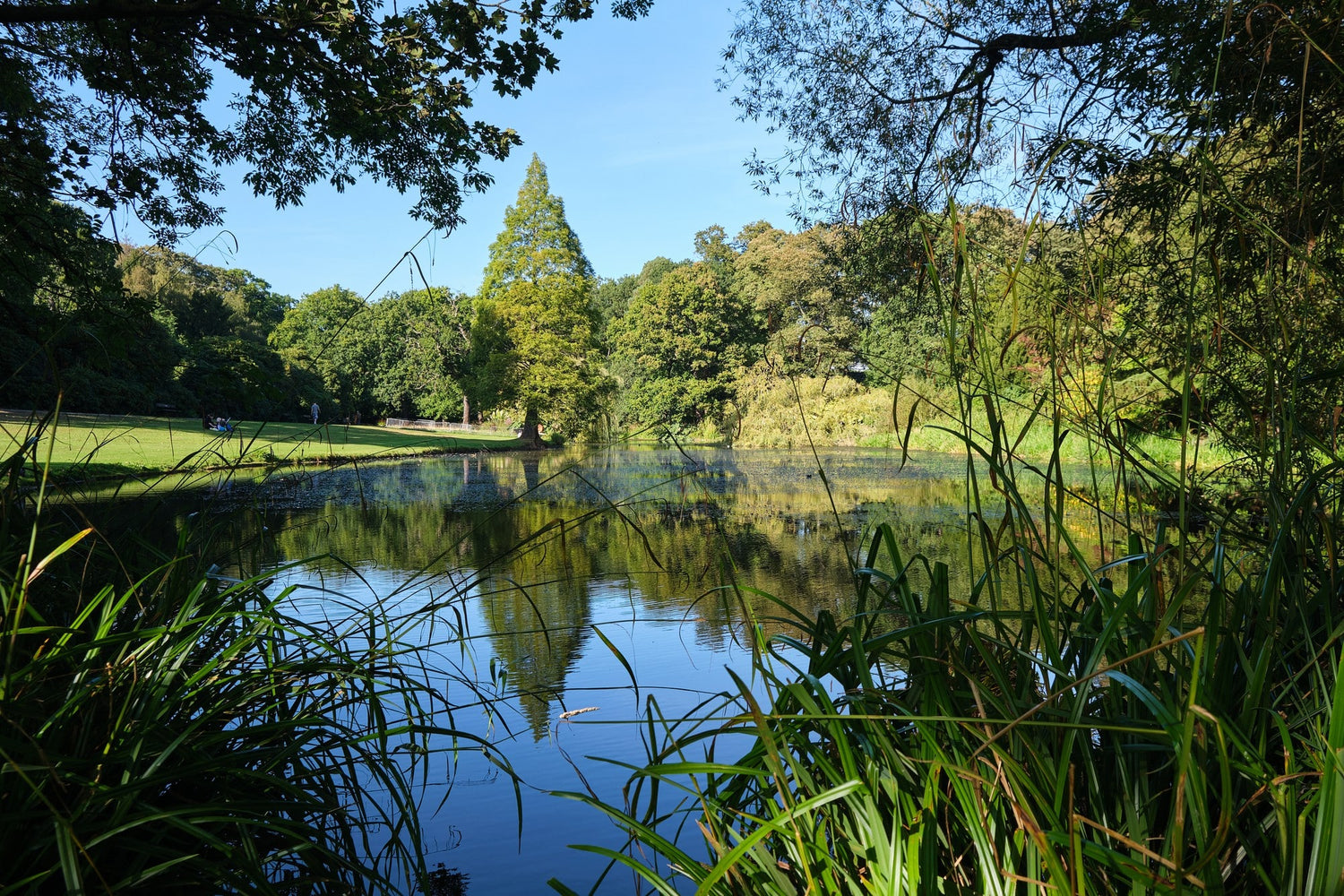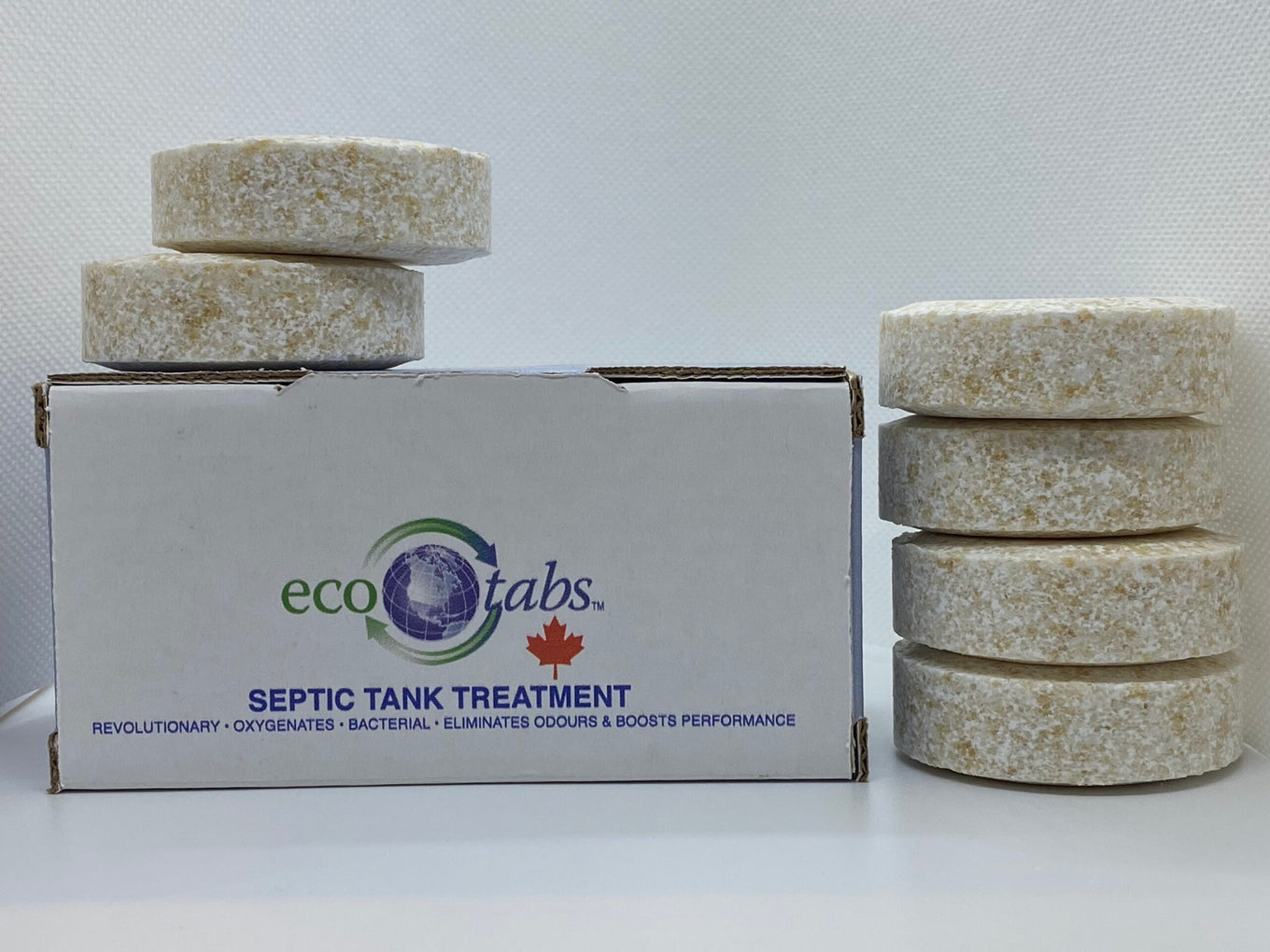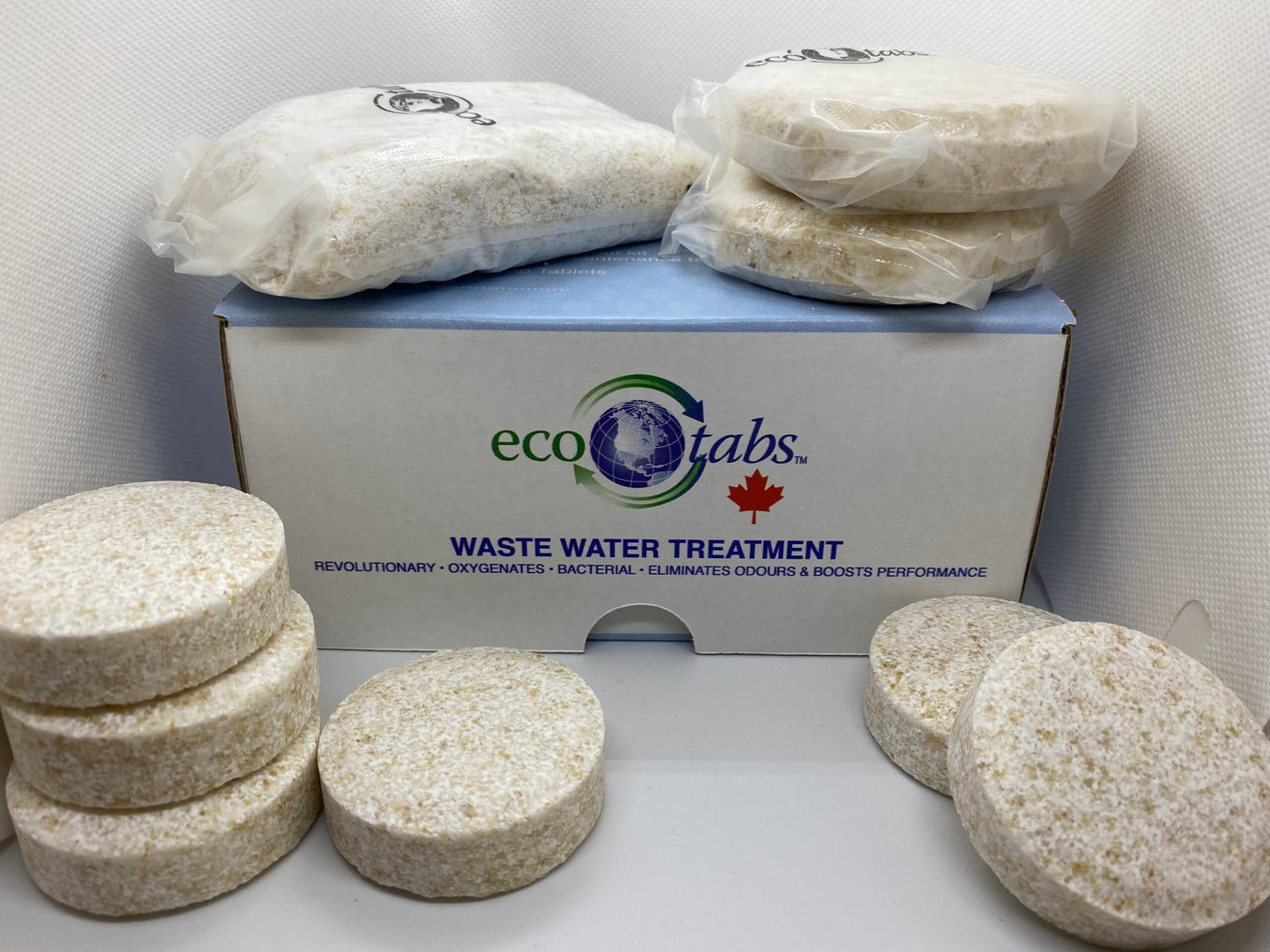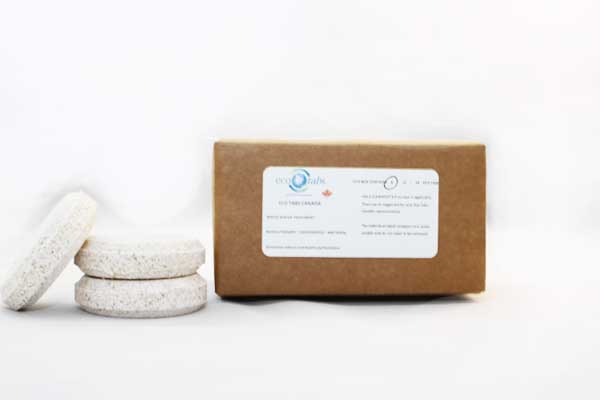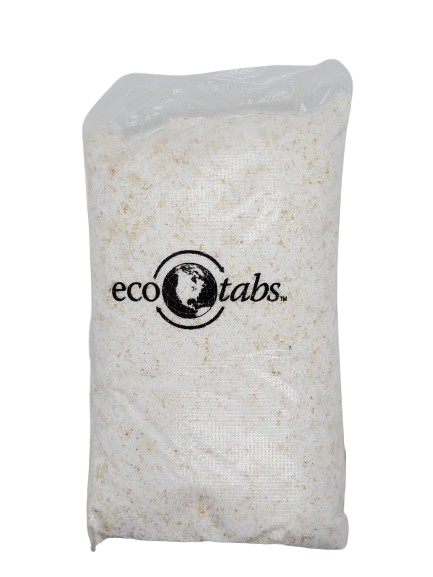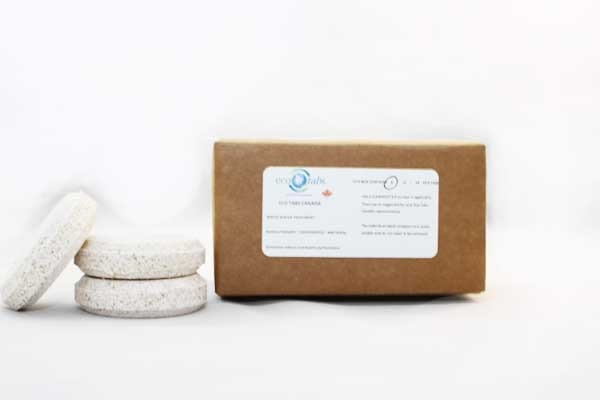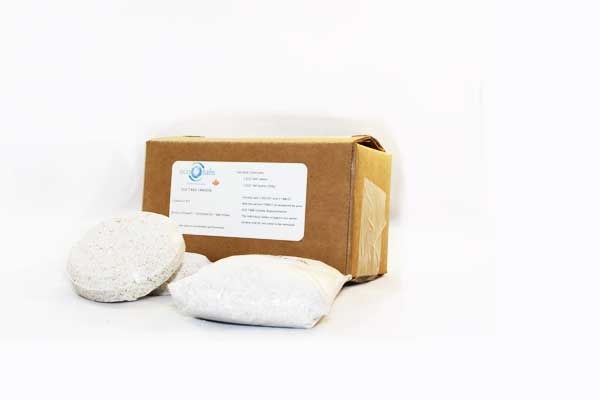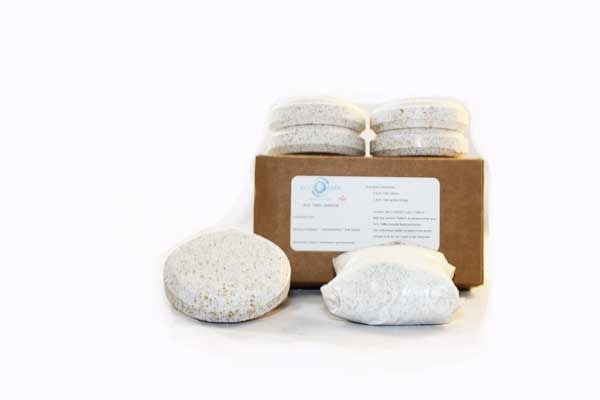Targeted Solutions for Every System
Maintain septic systems, RV tanks, and drains with safe, no-fuss tablets that clear waste and stop odors.
Tackle grease, odors, and buildup in restaurants, farms, car washes, and more — the easy, eco-friendly way.
Offer clients a proven, natural solution. Ideal for resellers, contractors, and environmental pros.
Treat lift stations, ponds, and sludge with bacteria-based tablets that cut FOG and boost water quality.
Made for Homes, Businesses, and Cities
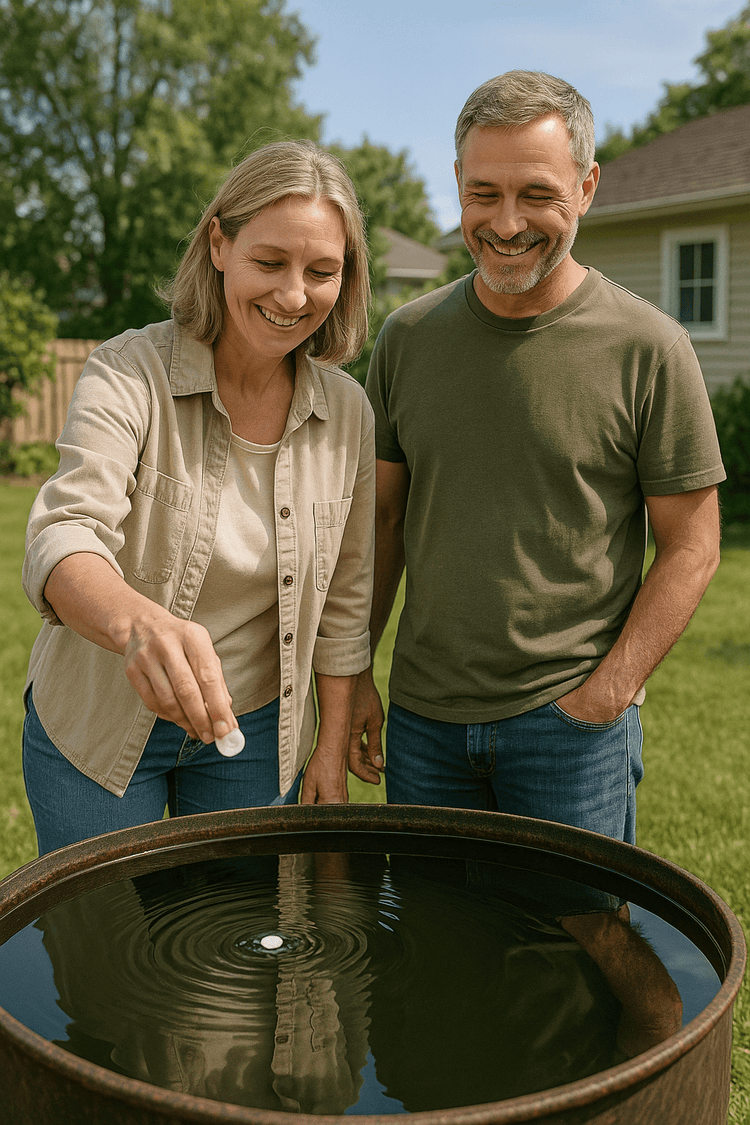
Homeowners
Whether you rely on a septic system, use an RV, or just want cleaner drains, EcoTabs makes it easy to manage household wastewater. Our tablets release oxygen and beneficial bacteria that break down waste, prevent clogs, and stop bad odors — all without chemicals or harsh cleaners. Safe for your family, your plumbing, and the environment.

Small Business Owners
Running a restaurant, farm, hotel, or car wash comes with one universal challenge: managing waste. Grease buildup, clogged drains, and foul odors cost time and money. EcoTabs solves this naturally. Just drop in a tablet to keep grease traps, tanks, and wastewater systems flowing — no extra labor, no harmful chemicals, and no surprise pump-out fees.
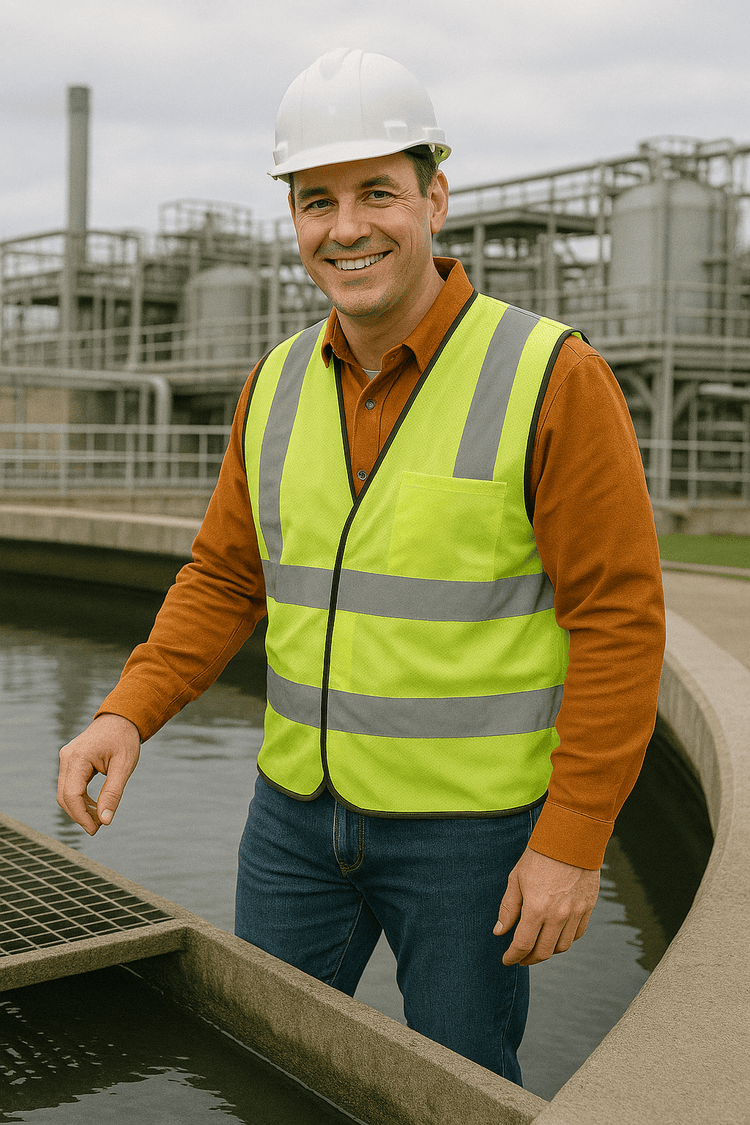
Industrial & Municipal Operators
EcoTabs helps cities, factories, and treatment plants cut through tough wastewater problems. Whether you're managing lift stations, settling ponds, or sludge-heavy systems, our technology improves biological activity, reduces FOG, and boosts dissolved oxygen — all while minimizing maintenance costs and infrastructure strain. Scalable, safe, and built to perform at every level.
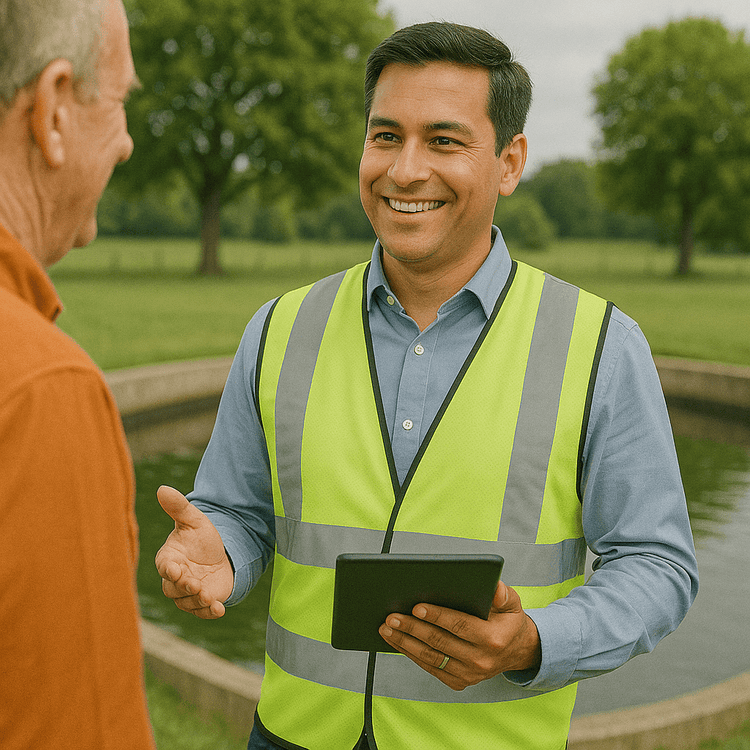
Distributors & Environmental Professionals
If you're a contractor, janitorial supplier, or environmental consultant, EcoTabs gives you a science-backed solution your clients will trust. Our products are easy to stock, easy to sell, and proven in real-world applications — from homes to industrial sites. Join our mission to make water treatment safer, smarter, and more sustainable across Canada.
Why Thousands Trust EcoTabs
Safe & Eco-Friendly
Non-toxic, biodegradable, and safe for people, pets, and the planet — no harsh chemicals needed.
Proven Globally
Used in 15+ countries with proven results in homes, businesses, and large-scale treatment systems.
Cost-Effective
Fewer pump-outs, less maintenance, and long-term savings with every use.
Backed by Science
Powered by patented technology that delivers real biological results — not just surface fixes.
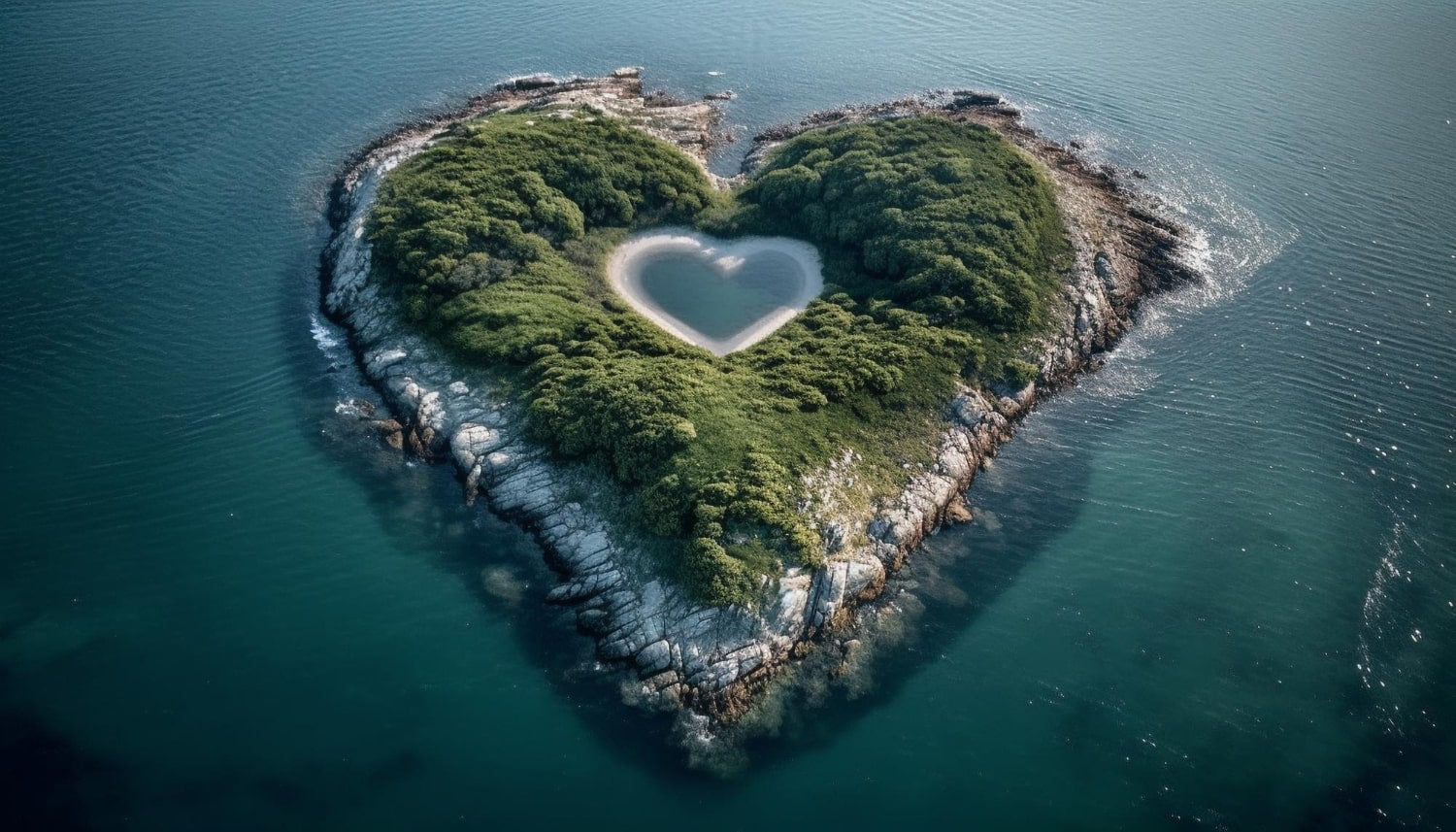

EcoTabs Work with Nature — Not Against It
Each tablet slowly dissolves, releasing microscopic bubbles filled with oxygen and helpful bacteria. These bacteria digest organic waste and pollutants, restoring balance to your system — without the use of toxic chemicals or machinery.
A Smarter Way to Treat Water
Releases Oxygen & Bacteria
Breaks Down Sludge & FOG
Neutralizes Odors Naturally
Safe for People & Planet
Real Results, Backed by Nature

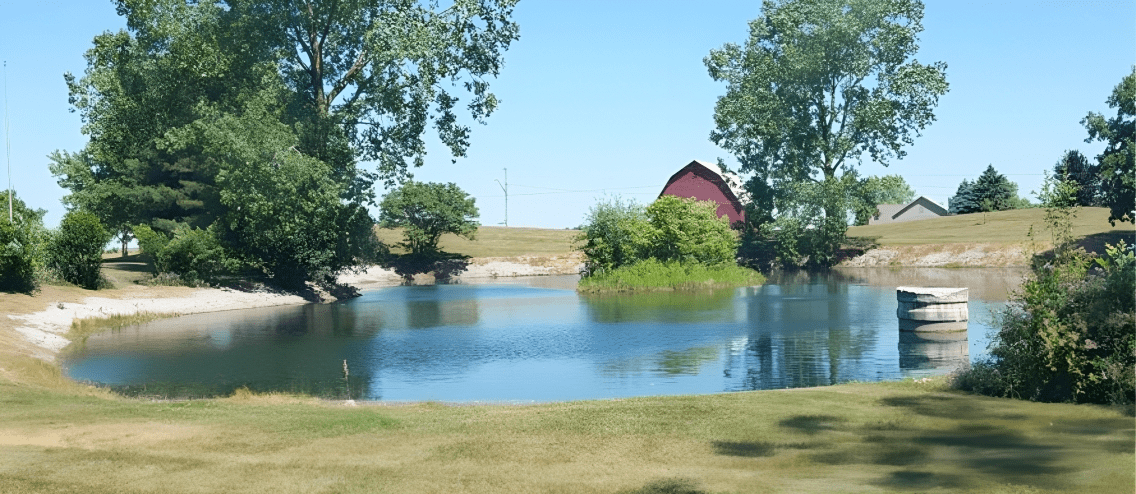
Got Water Problems? Start Here.
Answers to the most common issues we solve — and how EcoTabs makes it simple.
Where should I apply the Eco Tabs?
Where should I apply the Eco Tabs?
There is a specific location for each application in which you would want to apply our tablets for optimal inoculation. In general, for a system that utilizes flow to move the waste (grease traps, wastewater facilities) you want to position the tablets so the current passes through a plume of oxygen that our tablets create. For an application that retains the waste for future pumping or treatment (portable toilet, manure retention tank) evenly distribute the eco-tabs™ to insure treatment of the entire tank. Start in the middle of the tank and then distribute the necessary dosage to areas without treatment.
How often do I need to use your product and what is the proper dosage for my application?
How often do I need to use your product and what is the proper dosage for my application?
Eco-tabs™ creates an environment saturated with oxygen so aerobic bacteria can thrive and begin breaking down waste. The surroundings need to have an adequate supply of oxygen for efficient bioremediation. To do so, scheduled application of our eco-tabs™ is required to keep your system, pond, or tank inoculated. Since eco-tabs™ is effective in treating a variety of applications and each application has a range in sizes and activity (flow, retention, etc…), there is an established dosage for each respective application; however, specific dosages may need to be determined due to unique cases. Please read dosage directions before applying eco-tabs™ or contact one of our sales representatives.
Why is there sewage water leaching from the ground?
Why is there sewage water leaching from the ground?
Oils and greases flushed down your drains (even in small amounts) tend to accumulate within your septic tank. Eventually this is forced through to the effluent absorption part of your system which eventually gets clogged up and will result in leaching. This can be further worsened by the use of enzyme based additives.
Why are there foul odours in my garden and in my drains?
Why are there foul odours in my garden and in my drains?
Accumulations of organic solids and grease within your septic tank create an ideal environment for anaerobic decomposition (without oxygen) to take place. The by-product of this process is Hydrogen Sulphide which smells like rotten eggs. Aerobic breakdown (oxygenated) on the other hand produces Carbon Dioxide as a by-product which is completely odourless.
Odour emissions from your septic tank are a clear indication that it is unhealthy and requires assistance.
Why are my pipes blocked and not draining properly?
Why are my pipes blocked and not draining properly?
Over time, your septic tank will accumulate large amounts of organic solids and grease. This accumulation will eventually lead to your wastewater backing up in the pipes. Efficient aerobic bacterial breakdown of these solids will prevent blocking.
What role do the bacteria have in eliminating odors?
What role do the bacteria have in eliminating odors?
Anaerobic decomposition (without oxygen) is a main cause of noxious odors. Anaerobes cause odors by producing Hydrogen Sulfide (H₂S), a colorless gas that smells like rotten eggs. Aerobic bacteria do not cause these odors since they produce Carbon Dioxide (CO₂), a colorless and odorless gas.
There are so many bioremediation products out there, what makes Eco-Tabs™ so unique?
There are so many bioremediation products out there, what makes Eco-Tabs™ so unique?
Some products feature only anaerobic bacteria and enzymes that can cause problems down the line. Some of our competitors use powders or liquids that need to be measured out or constantly added through additional equipment. Other companies use aerobic bacteria to inoculate wastewater, however, need to separately add oxygen to support the bacteria.
Eco-Tabs™ are a non-toxic timed-release tablet that features aerobic bacteria, oxygen, nutrients, and buffers. When applied, our tablets change the surrounding environment for proper bacteria germination by supersaturating the area with oxygen, neutralizing the pH levels, and adding nutrients — all in one application. This patented technology has an oxygen delivery system that creates oxygen bubbles 10 times smaller than a mechanical aerator. These microscopic bubbles make it easier to penetrate grease layers and solids; as well as increase total oxygen surface area. Our product is effective in one application and no additional materials or equipment is necessary.
What are the by-products of aerobic and anaerobic bioremediation?
What are the by-products of aerobic and anaerobic bioremediation?
Aerobic bacteria produce Carbon Dioxide (CO₂) as a by-product while anaerobic bacteria produce Hydrogen Sulfide (H₂S), which can produce toxic and corrosive gases and liquids like Sulfuric acid.
What effect does my septic tank have on the environment?
What effect does my septic tank have on the environment?
The effluent stream from a typical household contains a large amount of Nitrogen and Phosphorous which are concentrated nutrients. In a typical anaerobic septic tank, these compounds are not broken down efficiently and end up leaching out into the soil, groundwater and rivers. This has been identified as a major contributor to the ill health of many of Australia’s waterways in terms of poor water quality, algal blooms and “fish kills”.
What is the difference between aerobic bacteria and anaerobic bacteria?
What is the difference between aerobic bacteria and anaerobic bacteria?
Aerobic bacteria use oxygen to thrive while anaerobic bacteria cannot survive in an environment saturated with oxygen.
Contact form
Blog posts
Septic Tank Pumping is Getting Expensive
Septic Tank Pumping is Getting Expensive So, it’s getting time for another Septic tank cleaning? In many areas it now costs $300-500.00 or more, to get your tank pumped & can often need to be done every 3-5 yrs. It’s getting expensive! Many modern household and commercial products are very hard on septic systems; personal care, pharmaceuticals, detergents and certain types of cleaning products, etc. They suppress the bacterial and digestive activity in the tank, allowing sludge and solids to build up in the tank, as well as the weeping bed- that greatly shortens the life of your system. Pumping the tank will buy you some time, but it can’t address the issues as to why the tank isn’t working properly in the first place. It also can’t address any problems that are building up in your weeping bed. Given that septic systems are very costly to replace, let’s make them last a long time! There are various treatments that promise to help your system work better, with varying efficacy. Eco-tabs is different. It uses a blend of over a dozen strains of aerobic bacteria and oxygen to properly digest solids and tackle any unpleasant odours. See how Ecotabs works vs an enzyme product: Video Player 00:00 00:55 Ecotabs can greatly reduce or eliminate septic tank pumping, plus they preserve your weeping bed, keeping it working properly. This will save you many thousands of $$$ and do it in a very enviro-friendly way.
Learn moreHow to Clean Pond Water
So, your pond water is all cloudy, or green, or brown or has string algae floating on it? Getting your pond water clear will give you a great feeling of satisfaction. Or, if your pond is a natural swimming pool, it’s a lot nicer if it’s clean and clear.The green is usually caused by algae. Here’s a number of steps that can bring things back into balance, help remove algae from your pond and also deal with other issues.It can look gross, but stagnant water tends to be a natural breeding ground for all kinds of flora. This is actually part of a natural process in which a standing open body of water gradually turns into a swamp, and then ultimately back to rich soil(or into peat and/or coal), over many hundreds or thousands of years(or longer) . Organic matter keeps growing, dying & piling up at the bottom year after year, after year, eventually filling in the pond. If conditions are right, occasionally this process can even involve the creation of floating islands, such as those at the Chippewa Flowage in Wisconsin. Some of these islands are several acres in size and have mature trees growing on them. It’s an interesting phenomenon. However, with some fairly simple techniques, you can often stall these natural processes so that you can fully enjoy your pond and keep the waters clear during your time here. Test Your WaterIf it isn’t immediately clear what the cause of your water quality issues are, doing some basic water testing makes a lot of sense. You can often buy pond water test kits for very little money. You’ll want a kit that will at least test for pH, Ammonia, nitrites and phosphates. The results of the test will at least point you in the right direction. Often, a little bit of algae or discoloration is normalYour pond is usually a complex living, breathing ecosystem full of fish, plants, bacteria as well as other life that’s too small to see with the naked eye. Any imbalances in your pond’s biology can cause various kinds of water clarity issues. If you want crystal-clear water, your first step is to determine what kind of problem you have. You also have to assess how realistic your goals are with your specific pond. Some systems may have complexities that make it extra challenging, such as local soils, runoff and more. Brown or brown & cloudy water.This can be caused by tannins from leaves, mulch and/or debris and/or silt from any surrounding gardens or soils. If The issue is tannins, the water will have a brownish tint, but will still be mostly clear.If the pond is brown and cloudy, likely silt or sludge has been stirred up from the bottom. It’s ok to have cloudy water after a heavy rain, or just after the pond was built. If it’s ongoing, perhaps using a flocculant may help. Green Water (Single-Cell) Algae and String AlgaeThis algae is tiny single-cell organisms that live in your pond and turn the water cloudy green. You can usually not see very far into the water when this happens. Algae isn’t necessarily bad; it’s just one of nature’s ways of dealing with excess nutrients. Single-cell algae arrive in your pond as tiny airborne spores. These spores like low oxygen water, and feed on nitrites and other phosphates etc.. They then rapidly multiply which can quickly make your water cloudy. This algae won’t hurt any fish. Some pond owners don’t mind a green pond. However, many folks prefer clearer water in their pond. It usually feeds on excess nitrites in the water. Brown and green water can be greatly reduced, or eliminated by introducing beneficial& natural bacteria and oxygen into the pond.Shop Cleaning Pond Water String algae is is very common in backyard fish ponds and waterfalls, especially where there are hard surfaces underwater. It’s slimy, slippery and green, and you might even be able to pick it up with a skimmer, or your hands. String algae won’t turn you water green. Instead, it clings to rocks, liner and plants, or can float on the surface. String algae is normal and you’ll always have a little bit of it hanging around. However, if you get a lot of it, it’s a sure sign that things are out of balance. If there’s lots on the surface, it can block sunlight into the water and greatly impair the ecosystem. How to reduce, or stop it?Beneficial bacteria also consumes nitrites and with the right types, will also consume the decaying matter in the water and the goo that accumulates at the bottom of the pond. The key is having the right types and enough of it so that all the nitrites are consumed and none is left for single-cell algae – starving the algae so it doesn’t grow or multiply & make your water all green. Beneficial aerobic bacteria in the right format will add lot of good bacteria to the water and can also add lots of oxygen to the water, in a way that can’t be easily done by aeration. The best part is that it’s very safe & you don’t have to worry about adding too much – unlike with algicides, an overdose won’t kill your fish or plants – and it’s safe for pets and humans. How does it work? It’s really simple to add it manually. Just toss some tabs or sachets in key areas in you pond at the prescribed intervals and amounts. Exact amounts will depend on the size of your pond and a few other factors. You can also add a variety of aquatic plants to help starve string algae, if you choose. AerationVarious pond sizes, from small decorative ponds to larger ponds, can definitely benefit from aeration and/or agitating the water. This can go a long way to keeping your pond clean. All water can hold a certain amount of oxygen. The more active the water, the more oxygen it will hold. In stagnant water, the oxygen floats to the surface and the bottom water layer loses oxygen. When you aerate the pond water from the bottom, this adds oxygen to the bottom layer and ensures that all of the water has a proper amount of oxygen. It also helps turn the water over. Low oxygen levels can suffocate fish and can contribute or lead to other problems, such as algae blooms, etc. There’s a few approaches to aeration; For a fairly deep pond, bottom diffusion aeration works well. This diffuses the water from the bottom, forcing the water up toward the surface where it can access more oxygen. If your pond is six feet or deeper, a bottom diffusion system is recommended. For shallower ponds, surface aeration is an option, such as a waterfall. This will this help agitate and aerate the water, but is also nice to look at with a relaxing sound. Thirdly – certain products added to the water, such as Eco-tabs can really increase water oxygen levels and don’t require expensive equipment or intensive maintenance. Filtration Your pond can benefit from two types of filtration: biological and physical. Physical Filtration Physical filtration works the same way a pool skimmer works. It removes leaves, fish waste and other floating debris from the pond before it has a chance to cause problems. The best type of physical filtration is a pond skimmer. These skimmers suck debris into a basket that you can easily empty as needed. There are 2 types of skimmers; built-in and floating. Depending on your pond type, one may work better than the other for your situation. The drawback is that the equipment does need to be installed, which could be very involved and it will need electricity. It will require regular maintenance, and in northern climates, where the water freezes you may need to drain and/or remove and store the system each fall and reinstall/restart it each spring. On smaller ponds, you can also do some of this manually with a skimmer net. However, this requires consistent and regular time & attention. Biological Filtration Biofilters are structures or tanks filled with nooks and crannies or anything else with lots of surface area – where beneficial bacteria can hang out and reproduce. Having a large biofilter will help those all-important bacteria to thrive. There’s several types of Biofilters, such as Biofalls: a plastic container that holds filter media and forms the beginning of a waterfall. Water flows into the bottom of the falls, swirls around the bacteria-rich interior, then spills out the top.Bioballs – small plastic balls with lots of nooks and crannies, as well as a center tube that allows them to be strung together.Rock filters- landscape or other rock, or crushed stone, or coarse gravel with lots of small spaces for bacteria growth.Other types, such as urn filters and so on. Generally, go as big as your space and budget will allow. More biofiltration usually means more beneficial bacteria, which means clearer water, less algae and happier fish. If you have filtration, your biofilter should be separate from your physical filter. Although some filters claim to offer both kinds of filtration in a single unit, it’s better to have two filters so you can clean debris from the physical filter as often as needed without disturbing the bacteria in the biofilter. Leave the power washer in the garageIf you get the urge to clean the rocks in and around your pond, it’s better to do it a limited amount of cleaning by hand. Removing some of the string algae from your rocks, can be very helpful in algae control. However, there’s a big difference between manually removing some gunk and using pressure washer. Washing your rocks will affect your ecosystem that has taken a long time developing. These ecosystems are complex and we can never replicate it with chemicals, or other methods, so we don’t want to risk damaging it too much. Besides, the algae will likely come right back. Cut Back on Fish FoodYour fish won’t get fat if you overfeed them, but too much food will cause other issues. It adds a lot of organic matter to the water which will then biodegrade, producing more sludge, nitrites, sulfides and more. You really don’t need to worry about your fish going hungry; they naturally will eat algae, mosquito larvae and other materials in the pond. In nature, they will achieve balance without our intervention. Having The Right PlantsSome ponds will naturally have the right plants. However. you pond may need some. Plants can help keep water temperatures cooler and provide much-needed shade and protection shade for fish and other aquatic life. Sometimes floating plants can be a great option. Not only are these beautiful, but they also restrict the growth of algae and eat up some of the nutrients that algae need in order to grow. Some plants even add extra oxygen to your pond water. Keep numbers of Fish at a healthy levelFish produce waste, which adds to the organic matter in your pond. Too many fish means too much fish waste, which means gross water. So, how many fish should you have? The answer is a little more complicated than a simple number of fish per gallon. It all comes down to how well your pond ecosystem handles the fish waste. The bigger the biofilter, the more fish waste you can process. If you’re getting these symptoms you may have too many fish; Difficulty keeping the water clear, despite regular doses of beneficial bacteria Too much string algae, despite lots of plants in the pond High ammonia levels Dying/Sick Fish If you have too many fish, maybe it’s time to improve your filtration system (i.e. install a larger biofilter and/or skimmer), or find new homes for your fish. Before Adding AlgicideAlgaecides are popular options for cleaning green stuff from ponds. They can be fast but…… They don’t treat the main cause of your water problems, just one of the symptoms. Excess nutrients and other causes should be dealt with first before using any algicides. Ultimately, natural methods which keep things in balance is the best approach.
Learn more

